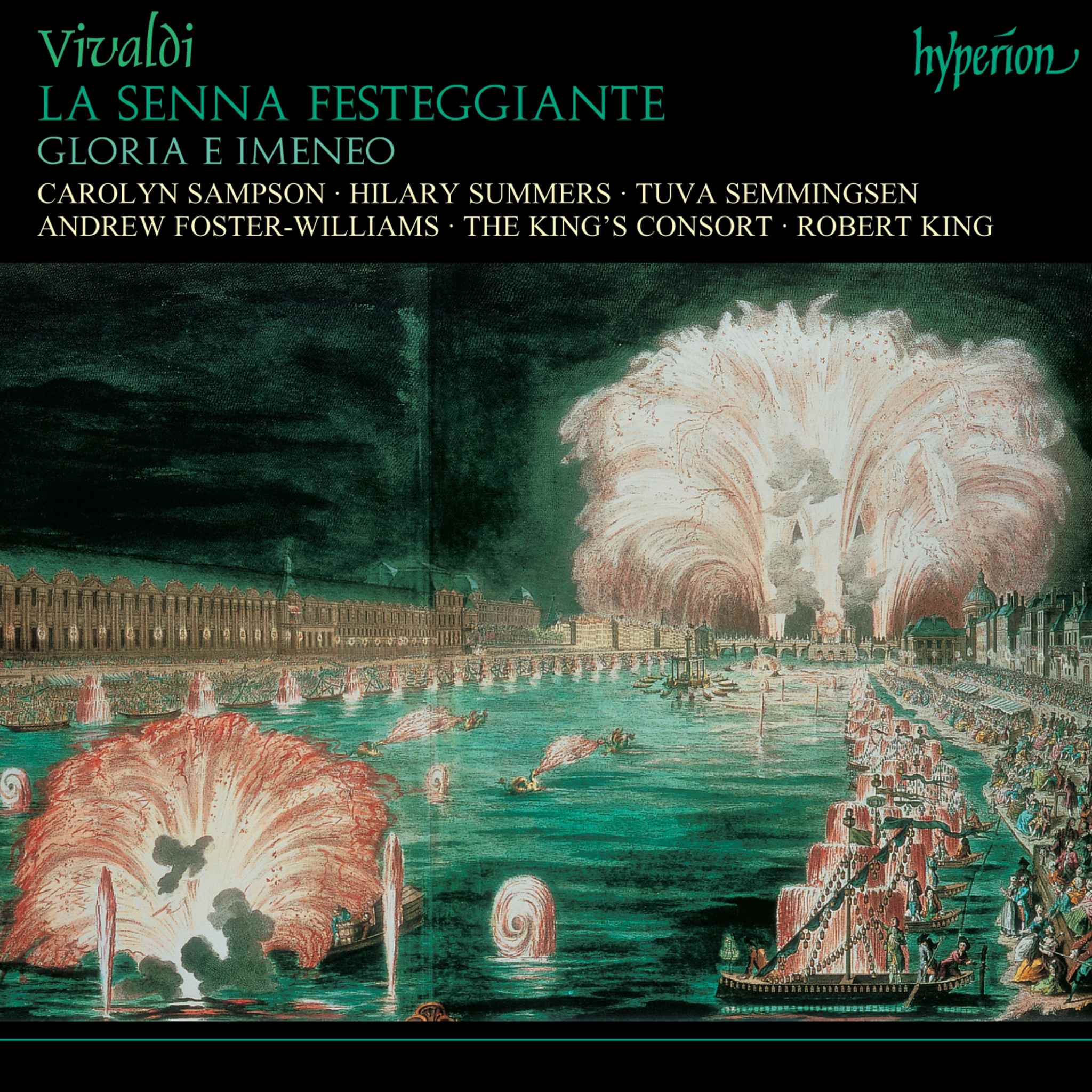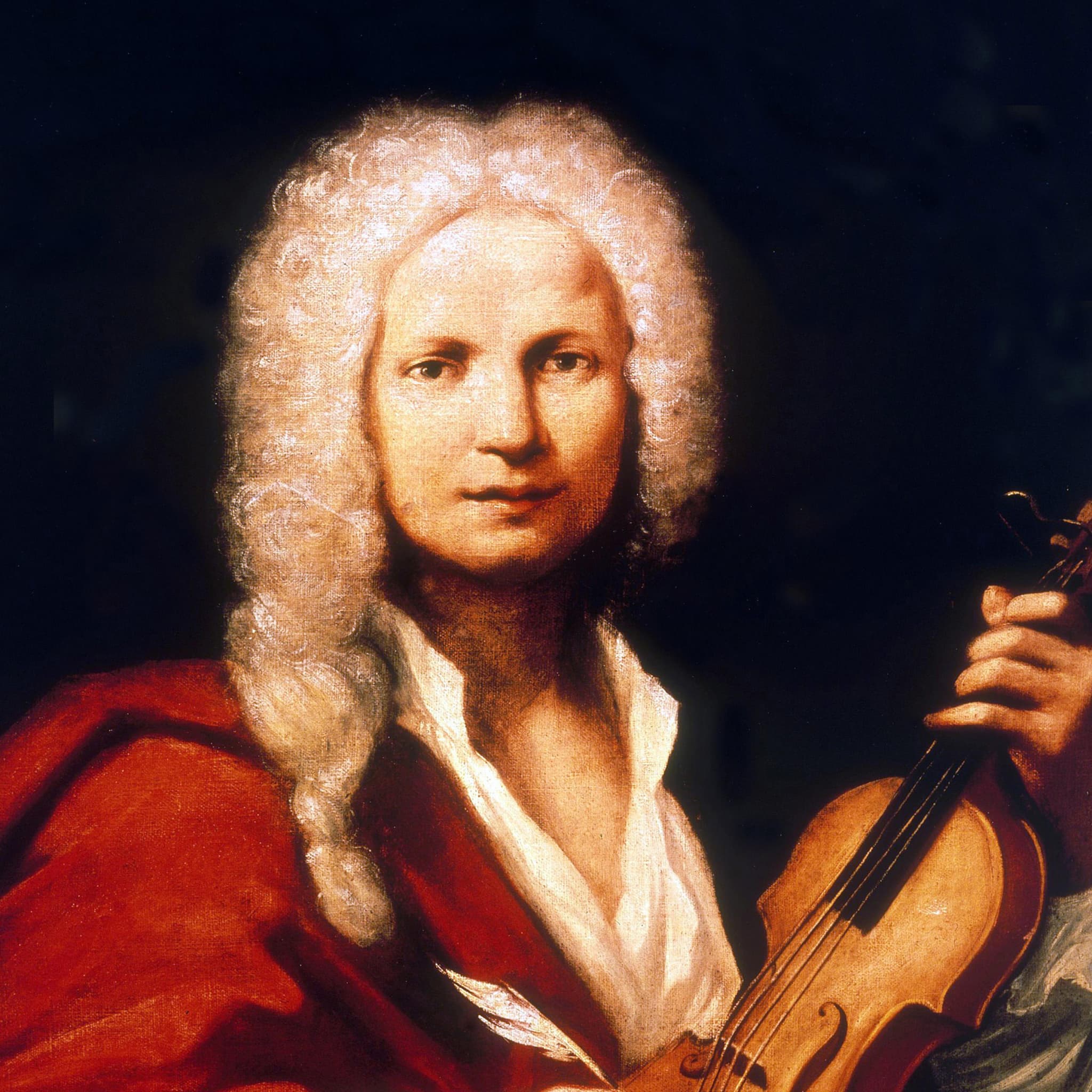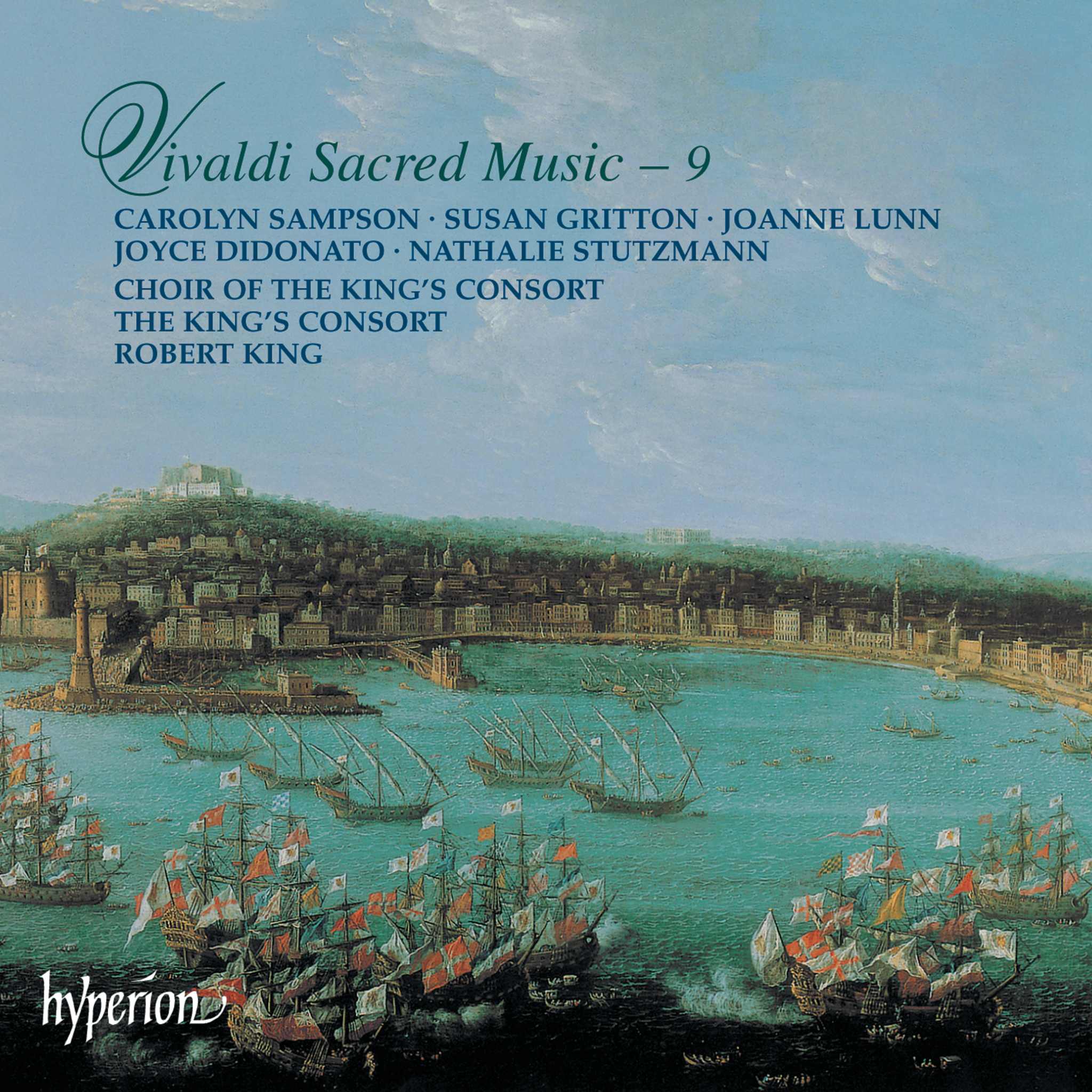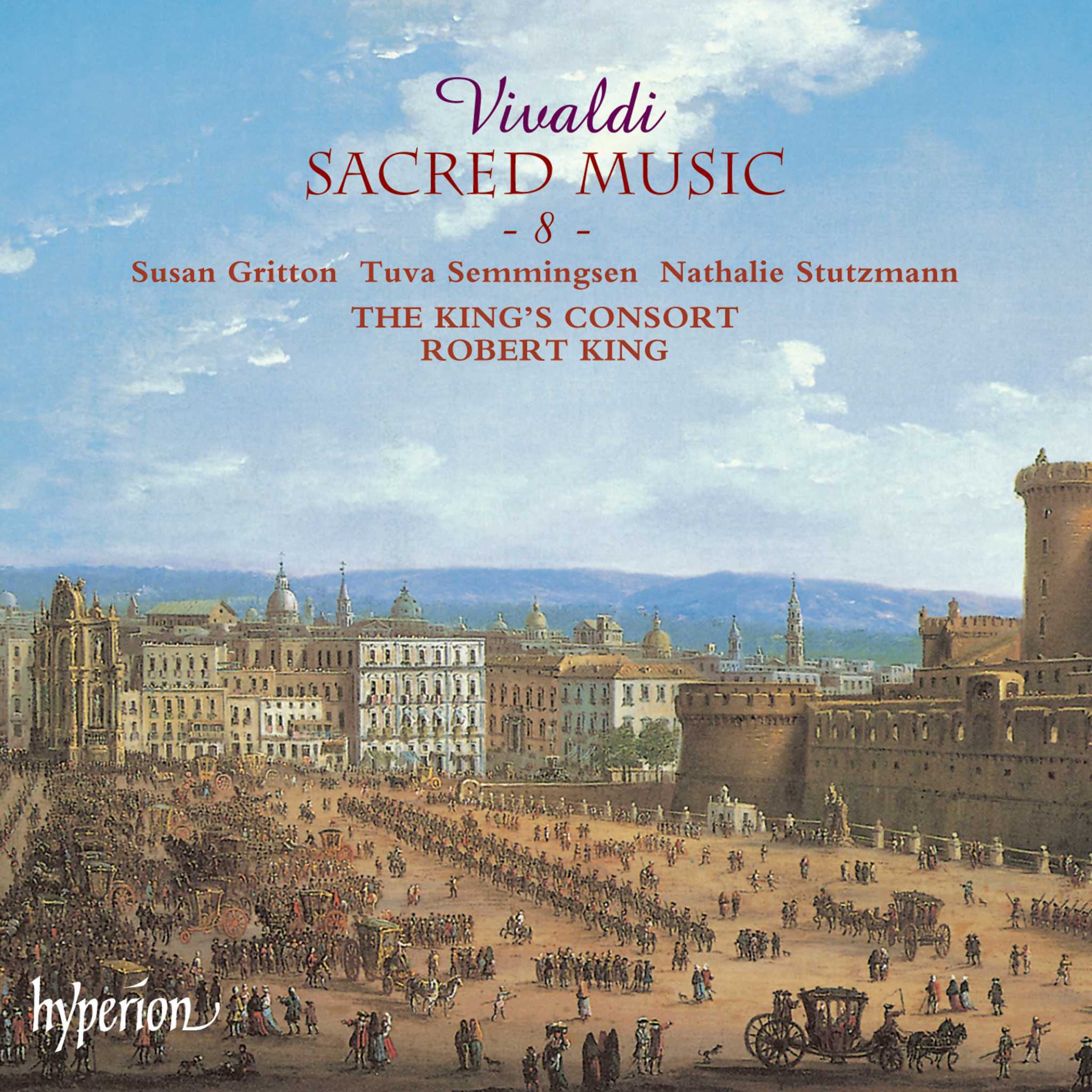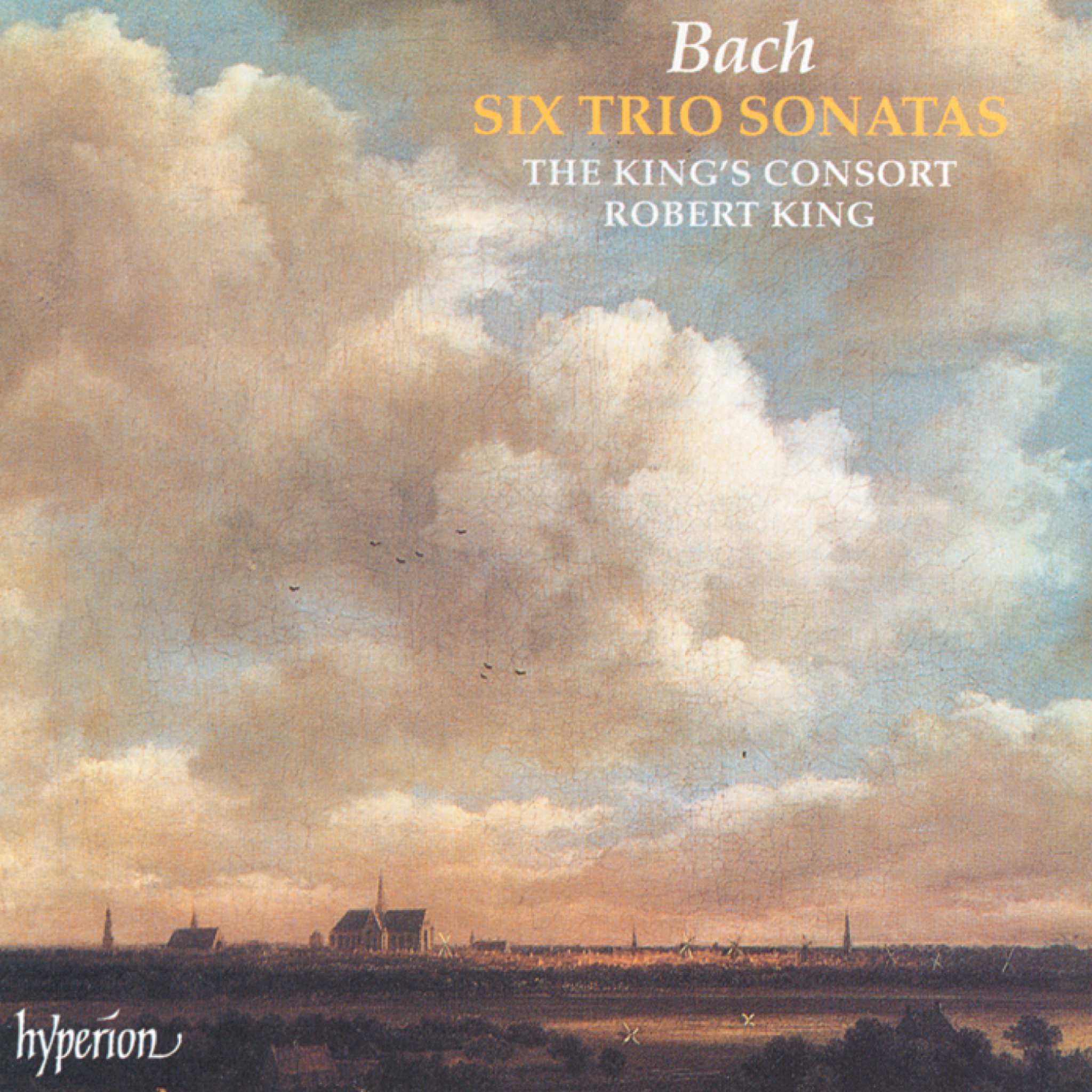Album insights
Throughout his life, Schumann always considered vocal music subordinate to instrumental music and never deemed it as great art. In June 1839, he expressed to Clara the profound joy of composing for singing, revealing a different musical dimension that felt more immediate and melodic than music played through the fingers. Schumann's transition to song composition during his wedding year may seem like a sudden revelation, yet as a student in the late 1820s, he had already composed a dozen songs inspired by Agnes Carus, whose unrequited love for him was infused with a shared passion for Schubert's songs. Dissatisfied with interpretations of his early songs, especially by singers, Schumann turned to composing for the piano over a decade, exploring new and imaginative sounds. His creative journey led to compositions like the Fantasy in C Major, Op. 17, and Kreisleriana, embodying extreme manifestations of his fictional twins, "Florestan" and "Eusebius."
Embedded within Schumann's piano works starting in the mid-1830s were covert messages directed at Clara, Friedrich Wieck's daughter, enabling secret communication between the lovers amidst imposed separations. Despite Wieck's objections, Robert and Clara eventually married in September 1840 after prolonged legal battles. Schumann's creative surge in the months preceding the marriage, during which he composed over 100 songs, stemmed from frustrations with the limitations of the piano and the influence of Felix Mendelssohn Bartholdy's poetic settings, underscoring an urgent need for reliable income due to market preferences for songs over complex piano pieces. These songs allowed Schumann to express openly his longing for Clara, pain from their separation, and fears of loss, a stark contrast to the indirect emotions portrayed in his instrumental works.
Turning to Heinrich Heine's verses in 1840, Schumann found resonance in them, especially in cycles like Liederkreis, Op. 24, and Dichterliebe, Op. 48. He intricately linked themes across these works while subtly interweaving melodic patterns, creating a cohesive narrative on longing and heartbreak. The central peak of the cycle conveyed poignant emotions, drawing from Heine's failed love affairs. Each piece in the cycle encapsulated an emotional depth mirroring Schumann's oscillation between solace and despair, often softening the bitterness expressed in Heine's poems. As the cycle delves into introspection and contemplation, Schumann's orchestrations capture the complexities of love, loss, and inevitability.
In May 1840, crafting the iconic Dichterliebe cycle, Schumann ventured into Joseph Freiherr von Eichendorff's verses, giving life to themes of loss, solitude, and yearning for otherworldly experiences. The haunting melodies of the cycle evoked a romanticized, sometimes eerie atmosphere resonant with Eichendorff's nocturnal tales. Exploring elements of love and nature, Schumann painted a lush musical landscape that harmonized with Eichendorff's lyrical visions, culminating in a tapestry of passion, mystique, and desperate yearning.
As the music of the Liederbuch eines Malers, Op. 36, emerged, inspired by Robert Reinick's poems, Schumann embraced a simpler, domestic tone, reflecting sentiments of love, faith, and patriotic fervor. These soulful works, while modest in literary depth, revealed Schumann's personal tributes to Clara amidst quaint melodies and sentimental narratives, celebrating love and companionship. Embracing the heartfelt verses with musical finesse, Schumann's compositions exuded an essence of ease and warmth, capturing the tender moments shared between lovers.

